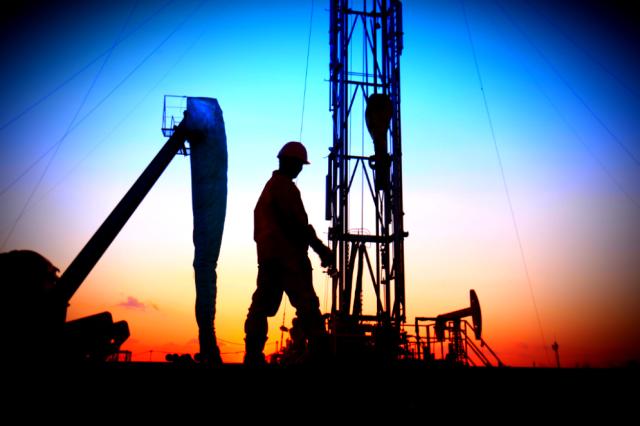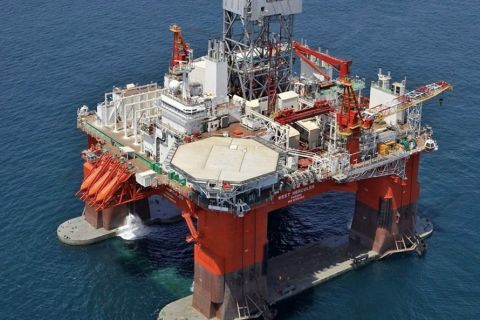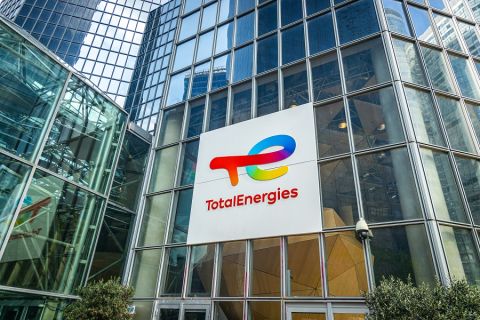
(Source: Shutterstock.com)
The realities of 2020 for oil and gas represent a bitter catalog whose effect will be felt throughout the industry for the decade to come, according to a recent report by Deloitte.
In this year alone, U.S. shale companies have written down about $145 billion worth of assets and at least 43 operators have filed for bankruptcy protection. Oil demand has shrunk significantly, and to some degree permanently, and 14% of permanent jobs were cut from U.S. oil and gas companies, with 70% of jobs lost amid the pandemic potentially not to return until after 2021.
In Deloitte’s “2021 Oil and Gas Industry Outlook,” the firm characterized the developments from this past year as the “great compression of the oil and gas industry,” which will shape the industry’s future such that “the next decade could look very different for the entire oil and gas value chain.”
Looking to the immediate future, the firm said, “2021 will either be a leapfrog year or a test of endurance for many.”
Deloitte noted the following five trends will likely force companies to reinvent their ways of working or fall by the wayside altogether:
- Oil prices are trapped between soft demand and rallying equity markets;
- Changed market dynamics have altered the financial outlook and portfolio options for U.S. shale operators;
- COVID-19 and the oil downturn have accelerated—not paused—long-term trends, such as energy transition and digital transformation;
- Natural gas is wedged between decarbonization efforts and renewables focus; and
- Overbuilding looms as a growing concern for midstream and downstream.
Oil prices have been atypically range-bound in 2020. This, combined with the previous five years of low capital spending and severe capex cuts in 2020, put the industry “at risk of underinvestment. Just to replace the annual consumption and offset natural field declines, the industry would need to invest more than $525 billion annually,” according to the report.
Though less consequential in the short-term, “in the medium-to-long term, underinvestment could affect supplies, especially from non-OPEC producing nations,” and overall, the supply-demand picture is highly uncertain.
As a result, Deloitte said: “Companies should consider accelerating digital transformation to reduce operating costs, ‘variablizing’ their fixed costs of support functions, maintaining flexibility in their operations and optimizing their capital allocation for the projects of tomorrow.”
Coming out of the maelstrom of 2020, the nature of shale financing and portfolios requires redefinition. Deloitte said, “Although five out of 10 shale operators have been reporting negative free cash flows since 2010, the pandemic and an oil price crash have stripped the industry of its three lifelines”—reserve-based lending, investor appetite for shale and the ability of oilfield service firms to optimize the shale boom.
Widespread divestments and a growing wave of consolidation have resulted, but Deloitte considered these strategies temporary solutions at best. “Although the strategies of concentration and diversification have their pros and cons, operators that go beyond ‘solving for a market cycle’ and challenge their traditional mindset of ‘this is the type of work we do’ would likely emerge as winners in the long term,” it said.
Contrary to many operators’ speculations, the events of 2020 accelerated rather than slowed demand for energy transition and digital transformation. These trends “should be the strategic priorities for the organization of the future, and there are many ways in which the one enables the other and the combination of the two creates new and differentiated value for a company and its stakeholders,” according to the report.
As of late, a great deal of hope has been pinned on natural gas as an intersection of industry economics and the broader public’s call for cleaner fuels, but the future of gas presents a complicated picture, Deloitte said.
“With the cleanest fossil fuel available at the lowest price, the projected share of gas in the future energy mix should increase over time,” the firm said. “Yet, its projected share remains flat at around 25% by 2025 to 2030, with a few recent outlooks now even predicting a drop to 22% to 23% in a net-zero scenario.”
The disconnect between expectations and outlooks, Deloitte explained, exists because “gas seems trapped between oil and gas companies’ decarbonization strategy of focusing on low-carbon fuels and the broader impetus to replace gas with renewables for electricity generation.”
So, in the short term, “natural gas producers [including LNG exporters] should refine their commercial and integration strategies with midstream to build greater resilience and capture new margin opportunities,” according to the report. But in the long term, even “gas likely has to decarbonize itself to either pair or compete with other, cleaner fuels.”
These complications and uncertainties flow all the way down the oil and gas value chain, Deloitte said, and have “clouded the long-term outlook for U.S. midstream and refining companies.
“This seems especially worrisome, as these companies have been building infrastructure anticipating growing U.S. tight oil production and higher demand from export markets,” the firm noted.
The midstream and downstream sectors must adapt to structural changes to remain healthy. Already, some pain is being felt. “Cash flows from midstream projects, which are typically financed using 50% to 60% debt, have fallen by 10% to 15% in tandem with their pipeline utilization—and companies may need to reconsider their profitability ratios,” according to the report.
Facing myriad headwinds, many of which predated the pandemic but have been kicked into overdrive as a result of it, oil and gas companies must leave no stone unturned as they rethink their businesses. “The choices oil and gas companies make in the coming months and the trends they prioritize will decide the path forward and reverberate in their decision-making through the coming decade,” the report concluded.
Recommended Reading
E&P Highlights: March 11, 2024
2024-03-11 - Here’s a roundup of the latest E&P headlines, including a new bid round offshore Bangladesh and new contract awards.
Sinopec Brings West Sichuan Gas Field Onstream
2024-03-14 - The 100 Bcm sour gas onshore field, West Sichuan Gas Field, is expected to produce 2 Bcm per year.
Tech Trends: Halliburton’s Carbon Capturing Cement Solution
2024-02-20 - Halliburton’s new CorrosaLock cement solution provides chemical resistance to CO2 and minimizes the impact of cyclic loading on the cement barrier.
Orange Basin Serves Up More Light Oil
2024-03-15 - Galp’s Mopane-2X exploration well offshore Namibia found a significant column of hydrocarbons, and the operator is assessing commerciality of the discovery.
Cronos Appraisal Confirms Discovery Offshore Cyprus
2024-02-15 - Eni-operated block partner TotalEnergies says appraisal confirms the presence of significant resources and production potential in the block.





